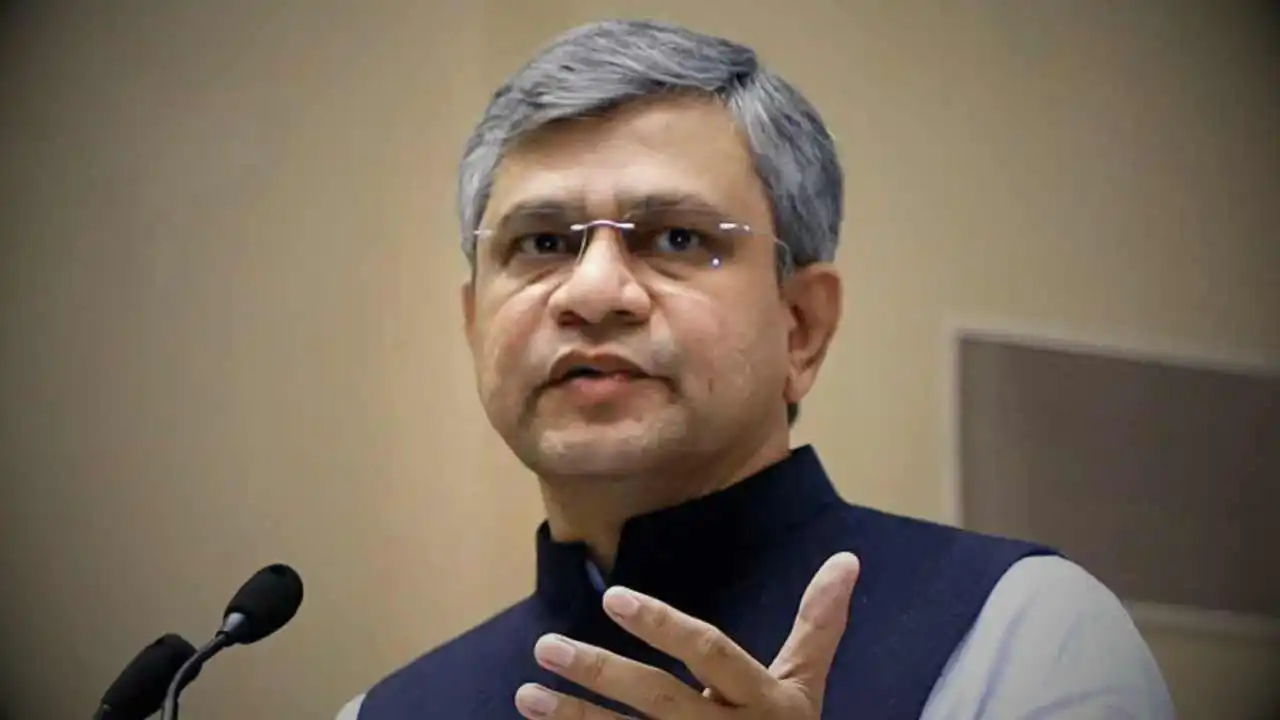India’s electronics exports have surpassed the $40 billion mark, registering an eight-fold increase over the past 11 years, revealed Union Minister Ashwini Vaishnaw during the 14th Convocation of IIT Hyderabad. This phenomenal growth reflects the country’s rising prominence in the global electronics manufacturing ecosystem.
Six Times Growth in Domestic Electronics Production
The Minister highlighted that alongside export growth, India’s domestic electronics production has increased six times in the last decade. Such rapid scale-up indicates robust demand and enhanced manufacturing capabilities within India, positioning it as a major electronics hub.
Made-in-India Semiconductor Chip Manufacturing to Begin Soon
In a critical development, Vaishnaw announced that the first commercially manufactured semiconductor chip in India will be produced this year. This milestone is a key step towards India’s ambition to emerge as one of the top five semiconductor nations globally, bolstered by focused investment in capital equipment and materials.
Strong Government Initiatives Driving Electronics & Telecom Growth
Vaishnaw attributed the success to the visionary leadership of Prime Minister Narendra Modi. One standout achievement is the complete design of a 4G telecom stack within just three and a half years, currently installed on nearly 90,000 telecom towers across India — surpassing many other countries.
To further the nation’s telecom progress, the government has established 100 5G labs nationwide, allowing students practical experience with cutting-edge 5G technologies, boosting skill development aligned with industry needs.
India’s Bullet Train Project on Fast Track
The Minister also praised the rapid progress of India’s first bullet train project, which is slated to become operational by August or September 2027. This flagship infrastructure venture demonstrates India’s technological advancements and commitment to world-class transport modernization.
Nurturing Semiconductor Talent with Advanced Tools
Recognizing talent development as the backbone of the electronics ecosystem, the government has distributed latest Electronic Design Automation (EDA) tools from global leaders like Cadence, Synopsys, and Siemens to about 270 colleges and institutions, extending to 340 when including startups. Vaishnaw emphasized that such a huge semiconductor talent development initiative is unparalleled globally.
Electronics, AI, Semiconductors, Telecom, and Railways: Foundations for Future Growth
The Minister cited five pillars critical for India’s future generations to build upon:
Electronics production
Artificial Intelligence (AI)
Semiconductor manufacturing
Telecom sector innovations
Modernization of Indian Railways
These sectors, he said, reflect the nation’s trajectory towards technology-driven economic growth and self-reliance.
Indian Railways: Manufacturing Vande Bharat Version Three
India’s rail infrastructure continues its modernization, with the third version of Vande Bharat trains currently manufactured at the Integral Coach Factory in Chennai—a testament to India’s growing manufacturing expertise in high-tech transport solutions.
What This Means for India: An Emerging Electronics Giant
India’s explosive electronics export growth coupled with enhanced production capacity signals its arrival as a key global player in the electronics and semiconductor domains. The government’s multifaceted approach—from industry collaborations and infrastructure projects to nurturing talent—is setting the stage for sustainable growth.
By combining manufacturing scale, technology innovation, and skill development, India is not only meeting domestic demand but also expanding its footprint in global technology markets. The anticipated commissioning of local semiconductor chip manufacturing will further catalyse this momentum, potentially transforming India into a semiconductor powerhouse.
As Prime Minister Modi’s vision continues to drive reforms and investments, the electronics and telecom sectors are poised for unprecedented progress, empowering the nation’s digital economy and supporting initiatives like Make in India and Digital India.
In summary, crossing the $40 billion mark in electronics exports marks a historic milestone for India. With ongoing projects like bullet trains, telecom stack design, and semiconductor manufacturing on the horizon, India is steadily shaping a future defined by technological prowess and manufacturing excellence on the world stage.
